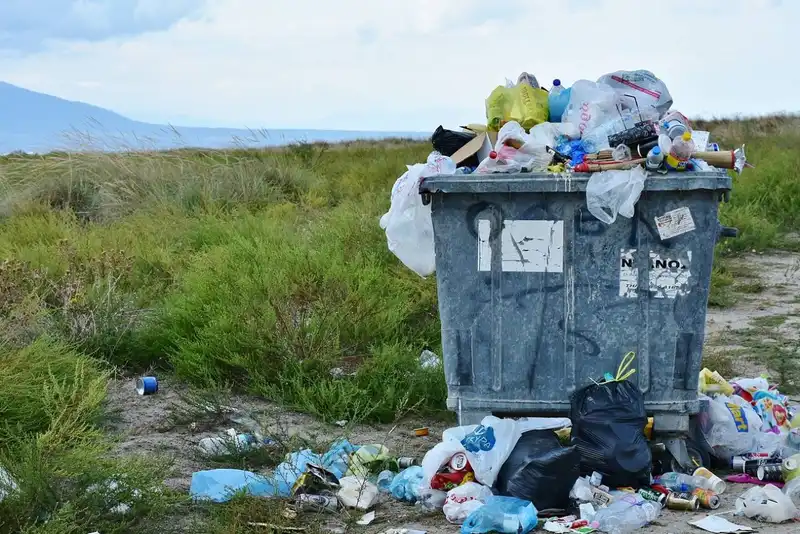The Staggering Amount of Food Waste in American Restaurants

How Much Food is Wasted in the United States?

The United States is leading the way in many things, but if there's one thing we don't want to be number one at, it's in food waste. Currently, the United States is the global leader for food waste, throwing away almost 40 million tons of food annually.
To put that into monetary terms, we may as well gather up $162 billion and start shredding it, for that's how much we are spending on wasted food that ends up in landfills.
What About Food Waste in Restaurants?
Food waste is prevalent throughout US homes, but it's equally as bad in restaurants. The restaurant industry is hammered with wasted food-related costs annually, to the tune of around $162 billion.
From misinterpreting food labels to serving large portion sizes and all-you-can-eat buffets, there are several opportunities for food to go to waste. And at significant cost to the economy and society.
The Economic and Social Costs
The monetary cost of food waste in restaurants can be sobering enough, especially when you realize our food waste makes up around 40 percent of the food supply.
Estimates from the USDA's Economic Research Service puts the majority of food loss at the retail and commercial level, sitting at around 31 percent.
The social cost is equally as concerning. Wholesome food that's fit for consumption is ending up in landfills, while 35 million Americans are experiencing hunger. The importance of incorporating waste reduction techniques into our society becomes more and more present with each passing year.
The Impact of Food Waste on America

Any average restaurant owner or consumer may not realize just how much of an impact food waste is having on America. But aside from the financial implications, the social and climatic consequences are somewhat worrying, as well.
Climate Change
The next time you throw away a full plate of food that a customer didn't eat at your restaurant, view it at a deeper level. Think about the water and energy that was necessary to produce it and the greenhouse gases produced as a result.
The production of all wasted food in America is equivalent to the greenhouse emissions of 37 million vehicles. These greenhouse gases make up seven percent of the world's emissions, which contribute to global warming.
Poverty and Hunger in America
According to Feeding America, over 35 million people, of which ten million are children, struggle with hunger. Around 34 million live in poverty, which means they earn under $25,000 per year.
Children are the most likely to face food insecurity, and in a country that is the greatest food-producing nation in the world.
Restaurant Behaviors
Consumers and dining establishments are equally as responsible for our food waste problems. American households spend around $3,000 annually eating out, which results in an alarming amount of plastic wastage and wasted food.
Small changes in this regard can make a huge difference. Bring your own container to take home leftovers you want to eat later. You can also opt for a small serving to save on having to throw away anything you won't eat.
American restaurants can also follow the lead of other countries in donating and repurposing food. For example, France requires restaurants to donate food that may be thrown out but is still safe for consumption.
In Sweden, food waste is turned into fuel to power the public bus network. Even Denmark is ahead of the curve, with apps that show you where to shop for discounted food at closing establishments that would otherwise go in the trash.
If the rest of the world demonstrated even similar food waste reduction efforts it would be overwhelmingly beneficial for the status of the planet.
Conclusion
Knowing that the average family will throw $1,600 of wasted food in the trash annually, change is necessary. Restaurant food waste and consumer waste is having a significant economic, social, and environmental impact.
Restaurant owners and consumers alike have all the information they need to make an informed decision about their next move.
- Our wastage is costing $161 billion per year, while 35 million Americans go hungry.
- The amount of food we waste is the equivalent of the greenhouse emissions from 37 million cars.
- We are the world's largest food producer, but waste up to 40% of what we make.
- Our restaurants have deeply engrained, wasteful habits that require change.
- We are wasting energy, water, and money, with every single food product we throw away.
- We are lagging behind other countries with recycling programs and food waste schemes.